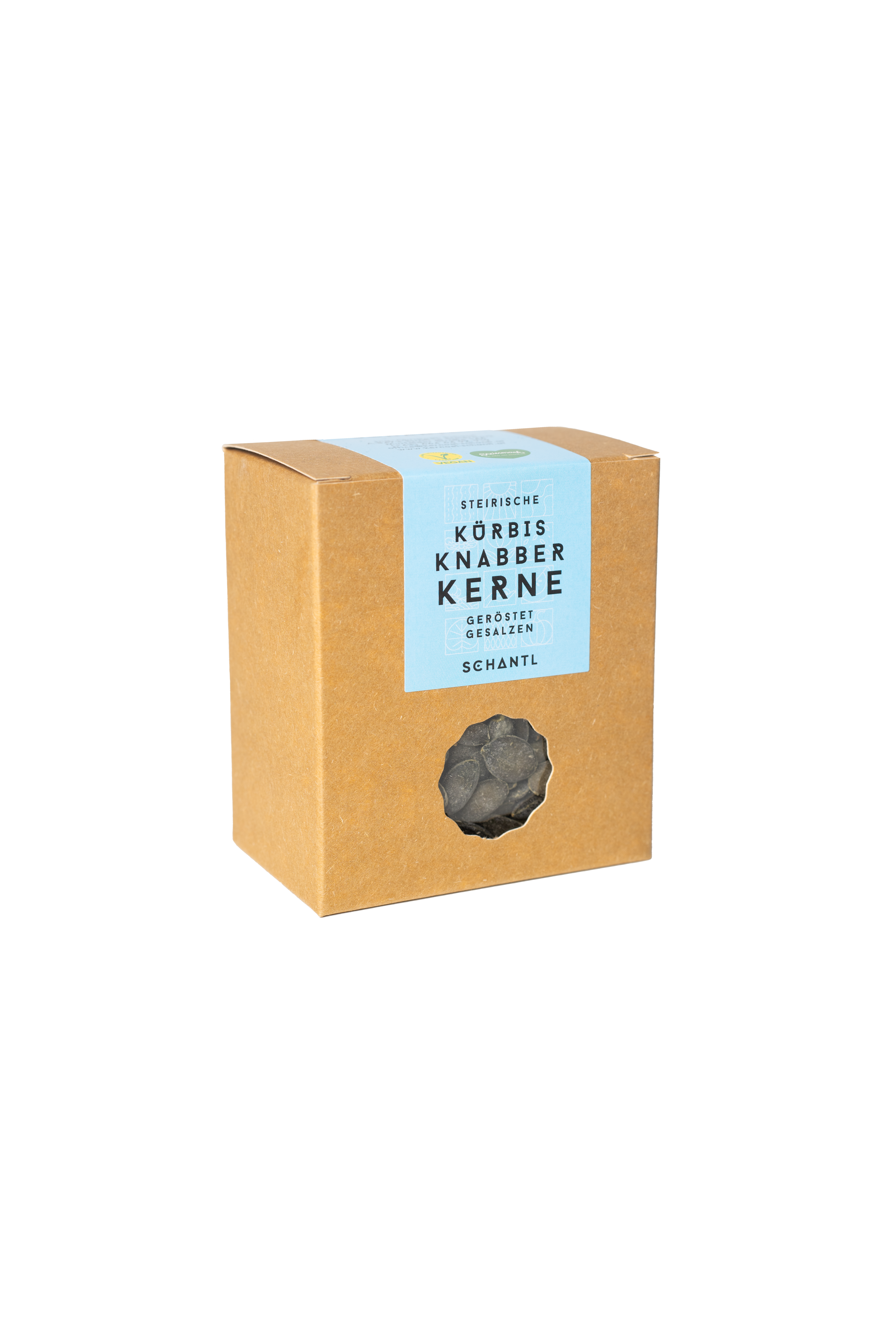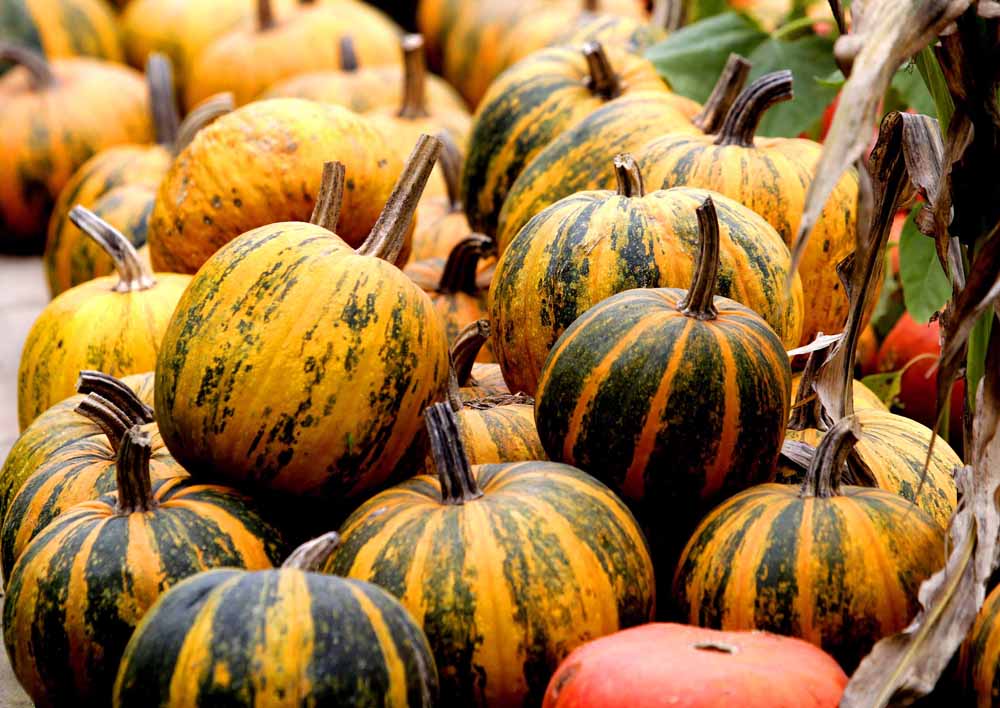
The pumpkin plant is one of the oldest cultivated plants in the world. The earliest gourd finds of the common gourd, Cucurbita pepo, have been dated by scientists to be between 10,700 and 9,200 BC. They come from southern Mexico. The pumpkin probably only came to Europe after the discovery of America. These were so-called shelled pumpkin seeds, which are still cultivated in many regions of the world today.
The gourd family is exceptionally closely related, one genus of which is Cucurbita pepo var. Styrica, the so-called shell-less Styrian pumpkin seed.

The “Styrian oil pumpkin” was created over 100 years ago by a natural mutation in Styria. A consistent selection of the seeds led to today's pot-bellied and dark green "Styrian oil pumpkin seed". The shell-less Styrian oil pumpkin is grown these days mainly in Styria and some climatically favorable regions of Austria.
Farmers in Styria have known for many centuries:
The “Styrian Pumpkin Seed Oil” has the highest proportion of antioxidants of all edible oils. Its valuable ingredients also include its high content of unsaturated fatty acids and vitamin E.
